-
Posts
1,466 -
Joined
-
Last visited
Content Type
Profiles
Forums
Events
Gallery
Blogs
Store
Posts posted by Dav and Pen
-
-
We had a forklift with a Polish made Perkins engine that could turn oil to sludge if it went past it’s due change. Problem was there was no hour counter on it.
-
I installed one of these and seem to remember there were 2 heat settings. If yours is the same try it on the lower one and see if that gets it going. You have a good strong pilot light so gas should be ok and you can check you water pressure ours max was 2 bar and worked fine.
-
Never get off without a rope and a long one at that. It is not always possible to tie up at the mouth of a lock and the boat drift away. Don’t ask me how I know this. Done plenty of single handed boating with loaded boats , all down the Oxford and up Hatton, you can work out a method that lets the boat do a lot of the work and it’s a lot easier now locks have ladders in them.
-
The cable you have ringed in red is for the speed control which is lever on the right hand. It’s quite a complicated set up and as it’s behind the steerer not easy to use when maneuvering. Below is how the gear wheel on the GU boats was situated, these were purely mechanical and in this case operated a parsons box on a PD2.
-
Apologies it’s 100 sq meters.
-
5 hours ago, David Mack said:
I seem to recall a potential issue being raised for full length narrowboats as they are over 20m long, but I can't now remember what the issue was. Anyway it doesn't seem to be a problem.
Never recall ever seeing a full length narrow boat on the continent but the rule is over 20m or 100sq feet they are pretty black and white .
-
We had a victron 3000 multi on the barge and never had a problem with the washing machine which was an old fashioned turn the knob kind. The heater on it was nearly 3kw so used to run the genny until the water was up to temperature to save the batteries. I’ve never seen them here but on the continent they sell a narrow top loading drum washing machine which has a door in the drum to put the stuff in. We had a lot of 240 volt stuff on board including fridge, ice maker tv satellite receiver, coffee machine and kettle and never found anything that the inverter didn’t run so it’s strange that some washing machines struggle.
-
 1
1
-
-
The problem is it is over 20m so needs to comply with the community certificate. Originally lobbied for by the Dutch and German commercial operators to stop the polish and Rumanian barges undercutting them. Being the eu they produced a 420 page set of regulations for every boat over 20m and gave a few years grace for these to be complied with. This has now passed and no exceptions are now allowed. However as this is a French project there will be no problem.
-
Like that Ray. I feel very privileged to have known some of the original families and learnt a lot from them and their attitude to live. Conversations could be hard especially when taking about places as they had a distinct name for places that made you pause and work it out indeed I found myself using the same, like bottom of mafus and my Atherstone clowboy hat. Gone but not forgotten.
-
 2
2
-
-
-
7 minutes ago, Goliath said:
What was pay like?
What was pay like in the coal trade?
Could you make ‘good money’?
How would working independently compare to working for a company regards pay and working conditions?
I guess there was no such thing as a boaters’ strike, or was there ever?
We never got rich that’s for sure. It was pretty hard then as we loaded it loose and had to bag it up as we went. A living was possible and the boat earned its maintenance. We worked independently in the 1970s but under the auspices of Ashby canal transport who gave each boat an area to trade in and build up the customers.
There was actually a strike of boatmen think in the 30s and there are photos of the canal blocked at Braunston.-
 1
1
-
-
1 hour ago, Tam & Di said:
Life as a working boatman was a strange contradiction - there was the self sufficiency, the self determination, but against that was the job, being a 'delivery driver' and having to be at a particular place and time determined by others. When we first semi-retired and took our barge Friesland to France it was very strange, arriving at a junction with a choice of places to go, and we never did really get into pleasure boating as it is generally done. We had no need to stop every five minutes for morning coffee, lunch, or afternoon tea, and we didn't. We could eat on the move, and take turn to steer if necessary. If we were going some place we would most often set off the moment the locks opened and keep going until they closed for the night, summer or winter. But that was because our major interest is we really love the art of boating, and how to do it as rapidly and effortlessly as possible.
I'm sure that the reason canals are so popular is they accommodate such a wide range of interests, and none are intrinsically better than any others. I guess someone needs to explain that to the boater dawdling along in front and not letting anyone by, or taking half an hour to pass a lock 😃
I can concur with why Tam says. We always wanted to be on the move as soon as possible and to boat as professional as possible. In our early days with NB we did our best to keep our heads down and not be thought to be acting as the born and bred boat people who’s world had come to an end whilst we had found new traffic in the retail coal trade and camping boats. I was lucky in knowing the Brays Collins Whitlocks and others who often gave gentle criticism and occasion actual help. We also finished up pleasure boatings but still went about it as before and when we finished up in Europe with an old Dutch barge we tried to keep out of the way of the professionals and when we did have to share locks with them we were determined to be as fast as possible as with the working boatmen on the English canals time is money. The biggest compliment we were paid on the continent was by a very smart Belgian barge who came on the radio and said” you look after your boat Englishman Mr de Kimper was a friend of mine and you are keeping it well” fame indeed.
nobody now can imagine the work life of the narrow boatmen even the famed jam hole run was only part of it as they often went and loaded sand at Leighton Buzzard and then back to London to shovel out 50 tons of sand by hand, like to see one of these U tubers trying it.see
-
 3
3
-
-
The OP s filter Fleetguard is the Cummins brand so should be good quality Always found cav and mann good
-
Just come across this old thread. For a big part of my working life I made precast and prestressed concrete products and the big problem is quality of the ingredients and the reaction with each other. Our barge which we brought in Belgium had been ballasted with poured concrete in 1985 when it was converted as was the normal practice in Holland and Belgium. The bilges and bottom were covered in “bilge grease” as were the sides a thick black product ,the concrete is mostly cement and sand with very little aggregate avoiding any sulphur acidic reaction. The surveyor was used to seeing it and knew how to take it into account when measuring thickness as did the shipyard when doing any overplating etc. The Dutch and Belgian surveyors had no problem with concrete ballast unlike the French but it is not now often used.
we did supply a number of narrow boat builders with paving slabs for them to use as ballast but I don’t know if they but them straight on the bottom or used something like roofing felt .
-
We spent a Christmas and New Year on our barge near Antwerp one year and the canal froze over. Our neighbor who moored behind us was really worried about ice sheets damaging his Ttjalk which was pretty old once the commercials started up. We were moored in a laybye between 2 locks and the barges were 500 tonners carrying sand a bit further up the canal and then back empty every day. Jean got hold of a lot of car wheels complete with tyres and hung them all down the side after breaking the ice. The barges certainly broke the ice but the power from the prop broke up the sheets into small pieces which all froze at night. Anyway Jeans boats is still floating as in our 100 year old barge.
-
We often had to ice break in this phot of Crane on the Braunston summit we were going to the dock for a survey as it had been sold. Slow going but not so bad on the straight but I have had difficulty on Heyford wide trying to get a load to David at Stoke Bruerne finished up with lot of backing up and making the Chanel wider.
-
 2
2
-
-
Sounds like a butty and motor only more complicated
-
There were 2 payments made by the Heath government as 1 off payments which then lapsed. The Labour government brought it back some years later and it’s been an annual event ever since.
-
 1
1
-
-
It was a Christmas present from that nice Gordon Brown so we will put it towards a bottle of Gordons.
-
 1
1
-
 1
1
-
-
-
6 hours ago, magpie patrick said:
These are the only beams I have seen in France and not sure of their purpose as they are not used to open the gates which are opened and closed by winding a handle that operates a cog on a rack attached to the gate. There are only a few canals in central France that are manually operated the majority of locks are automated which has resulted in the loss of many jobs and lots of abandoned houses. The system is pretty sophisticated in that on the Ardennes canal the flight of 26 locks sets the next lock as you leave the previous one.
On the restored Shannon Erne canal in Ireland the locks are mechanised and operated by a prepaid card .
-
Latest thing in street art every canal side development should have one, pity they used such a nice boat any old springer would have done.
-
These are the people who work for CRT doing the section 8s
-
In the 1980s we used a lot of polystyrene and to get a good deal we needed volume so supplied a number of local boatbuilders with fire retardant polystyrene as well as paving slabs for ballast. As far as I know they all used a vapour barrier between the insulation and the lining as we did on our own NB.



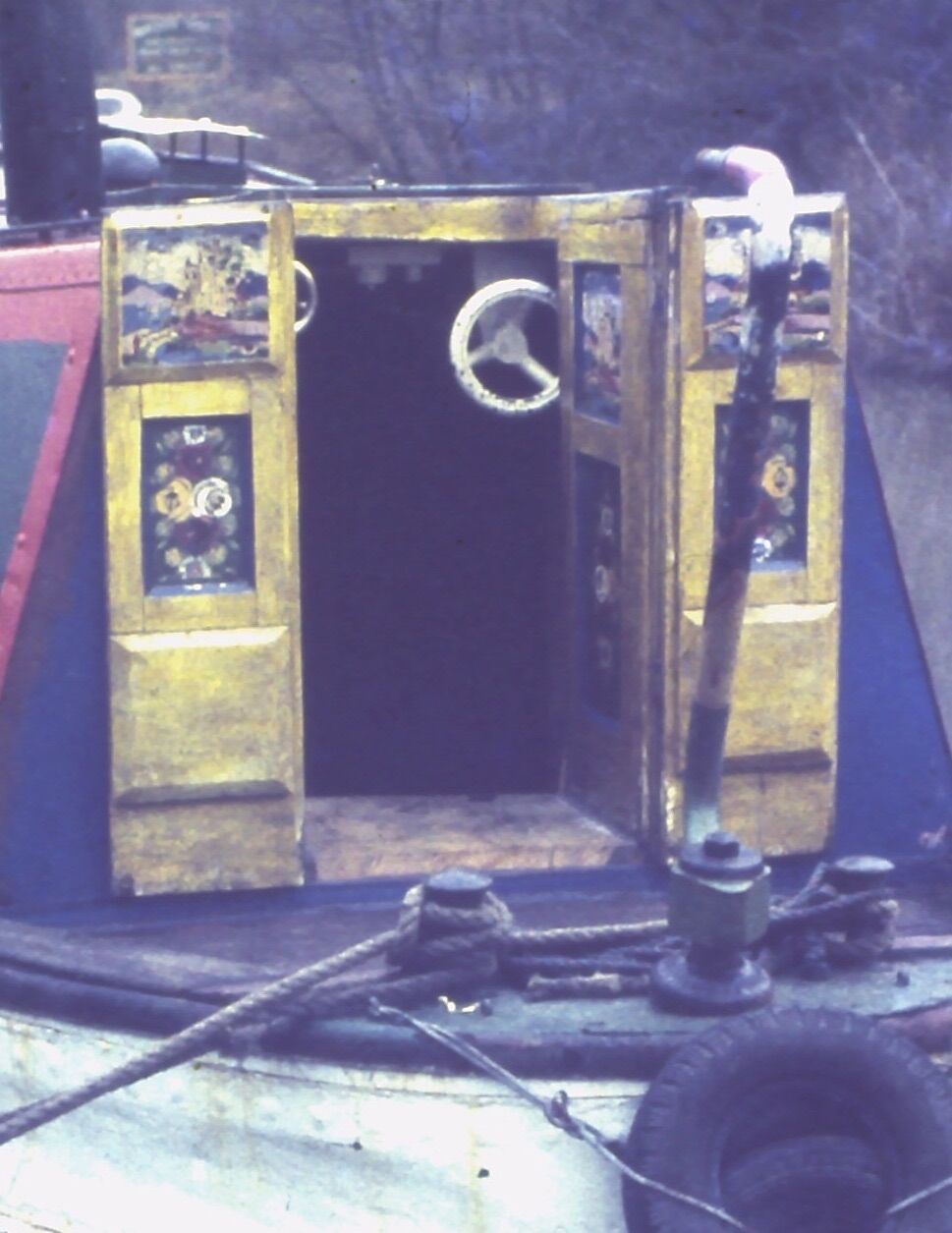




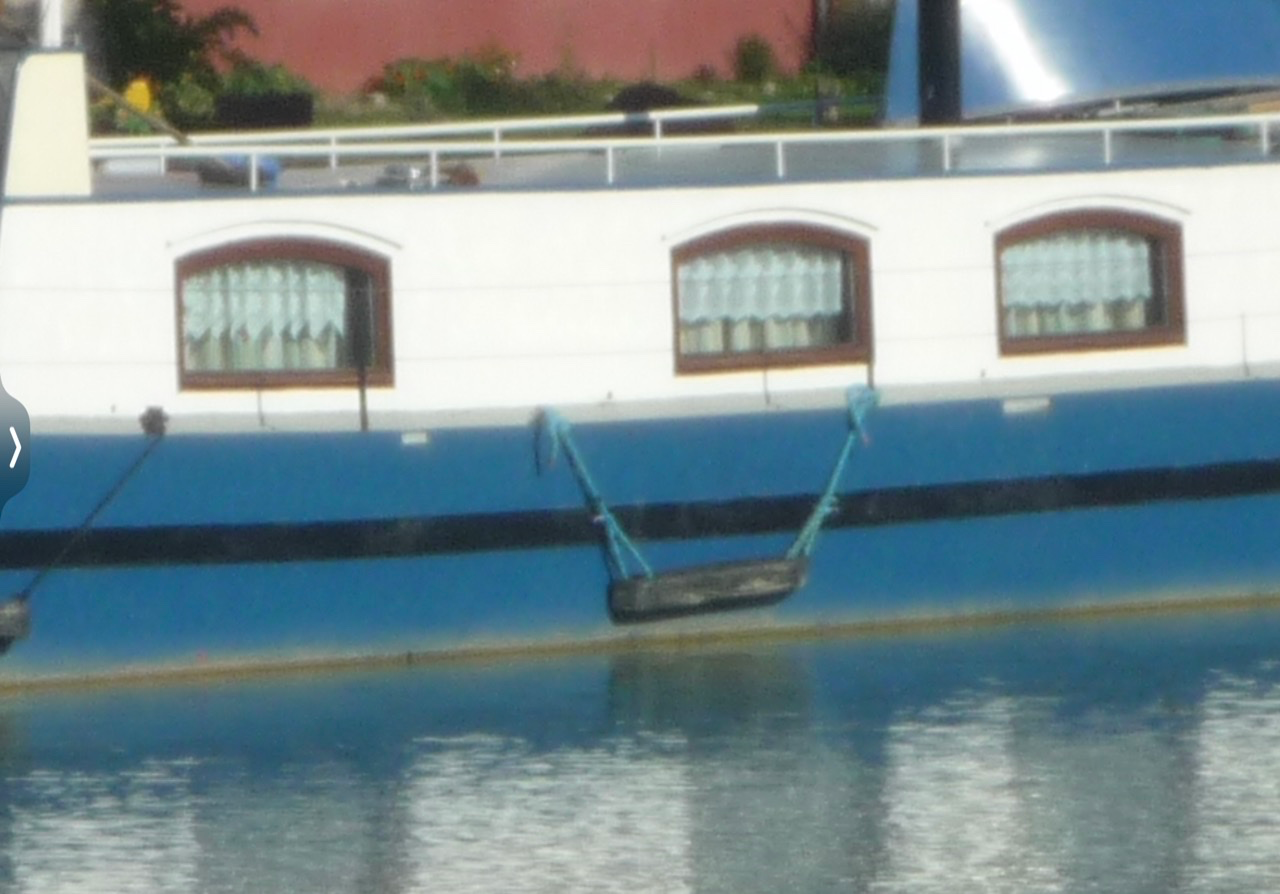
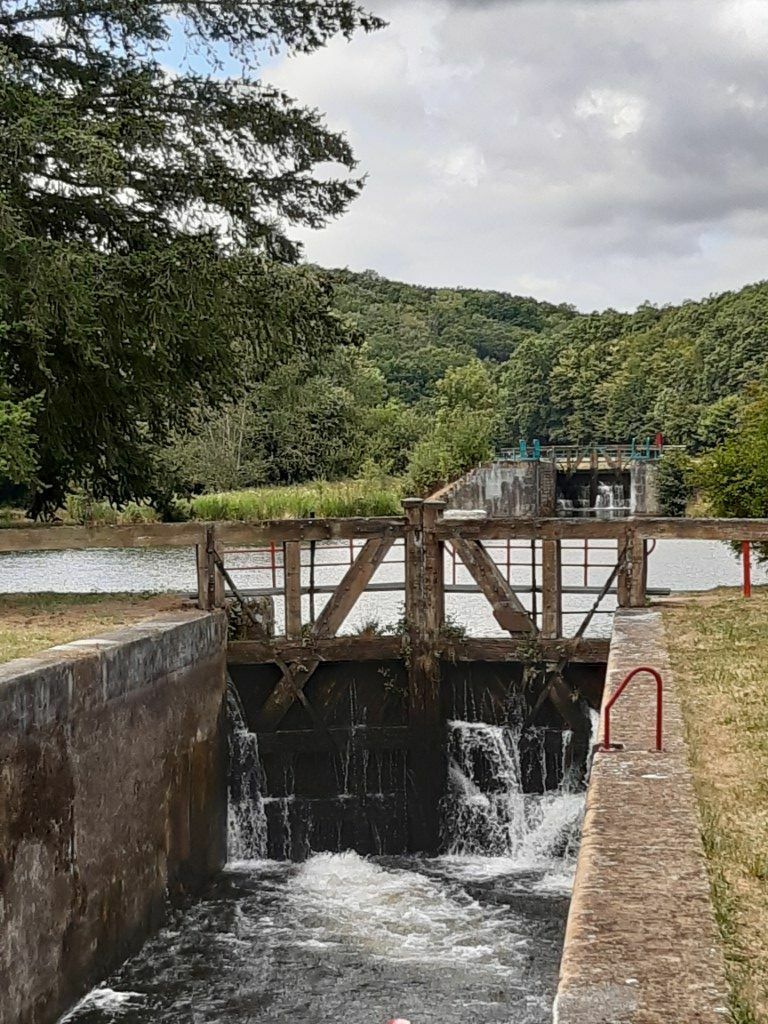
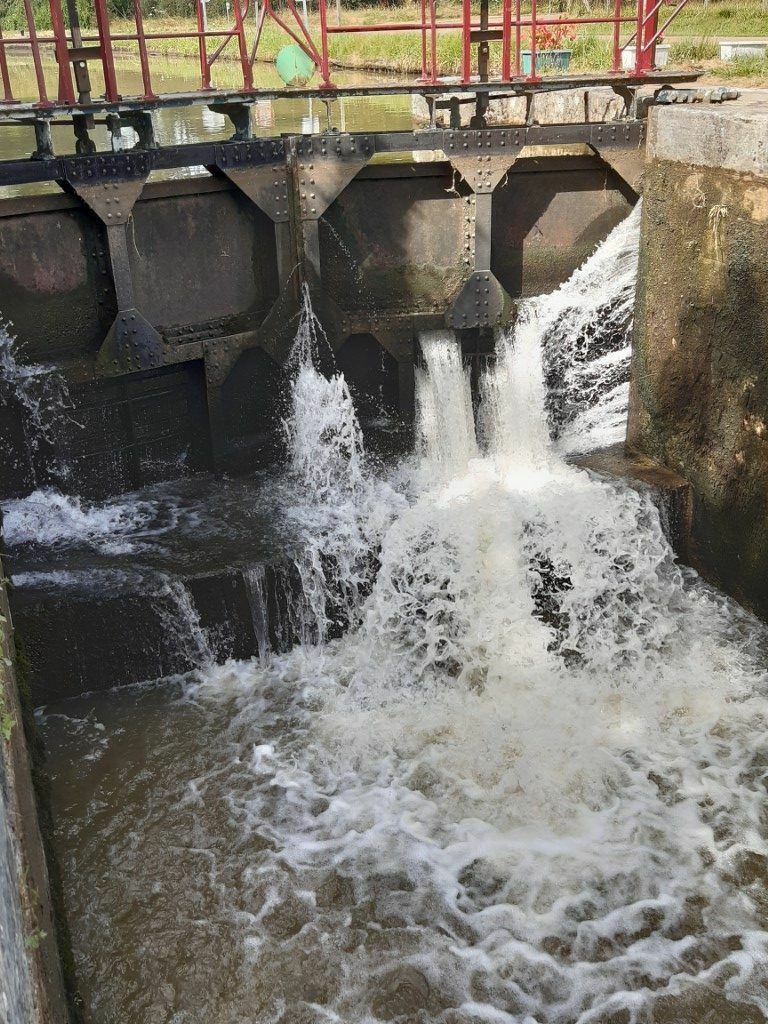
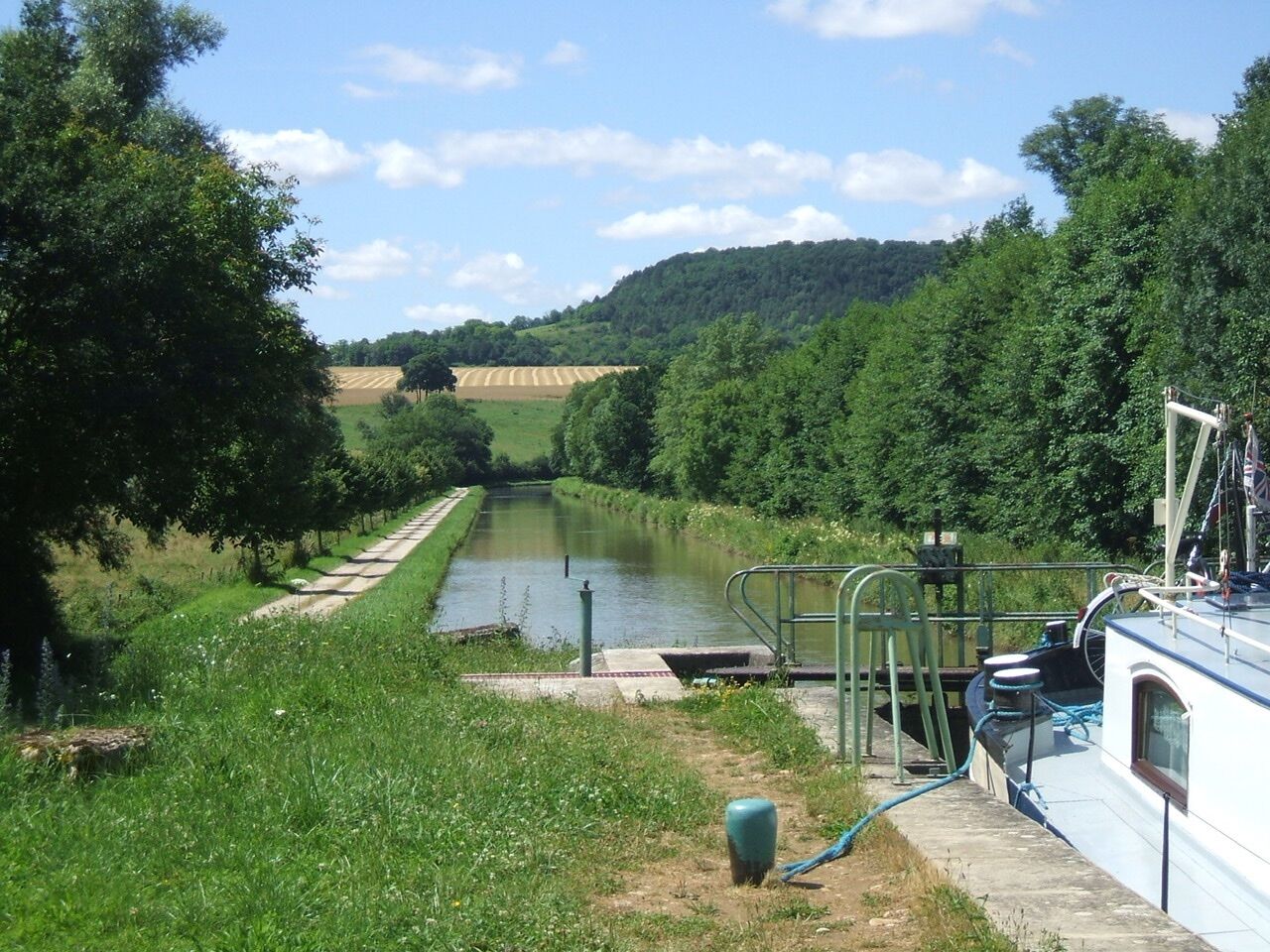
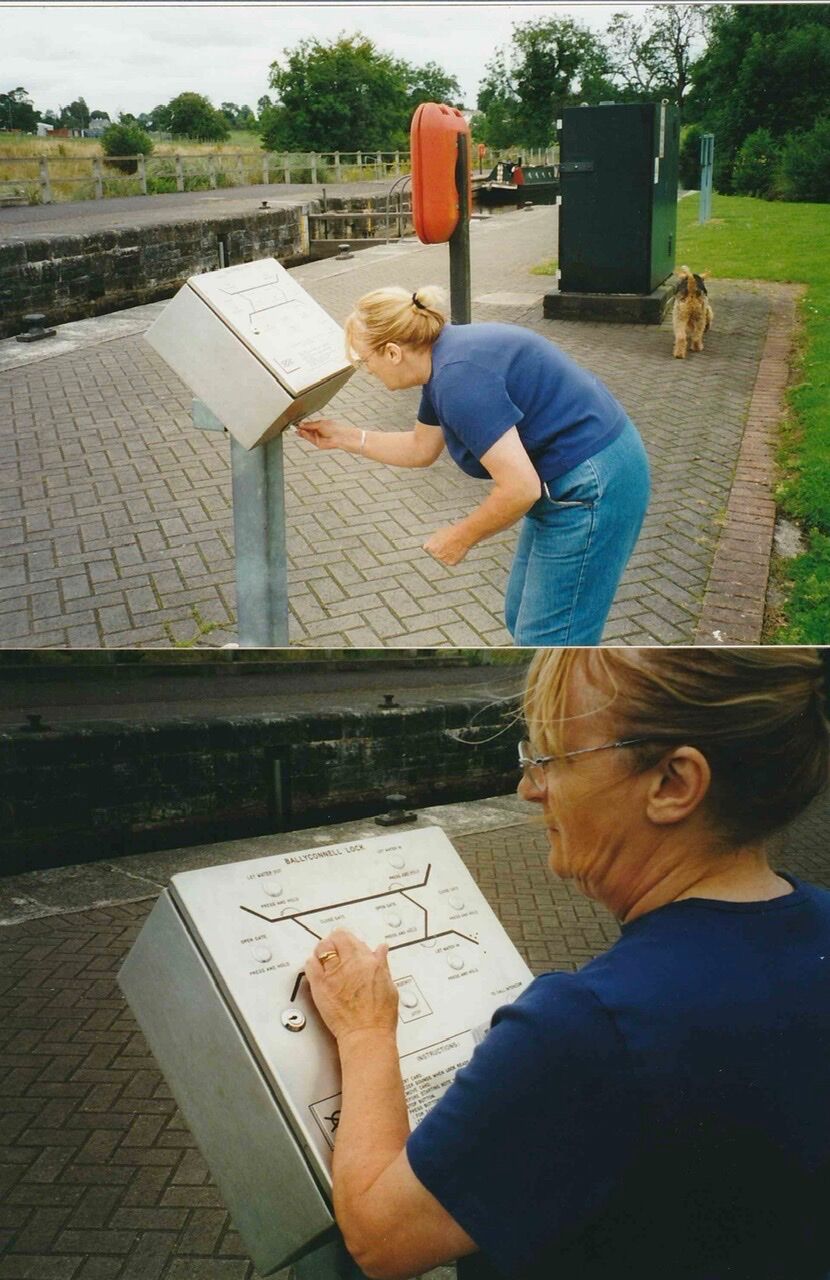
Feeling unbalanced
in New to Boating?
Posted
After a long voyage stepping on land felt odd and apparently when I came home on leave the first time fierce 12 months deep sea I sort of swayed about when walking. After a trip from Australia to Middlesbrough I found myself unable to cross the road due to the speed of the traffic. When we brought our first little canal cruiser it certainly moved about but the thing that always woke me was water lapping against the side when the wind got up but this never bothered me when we got the steel narrowboats.